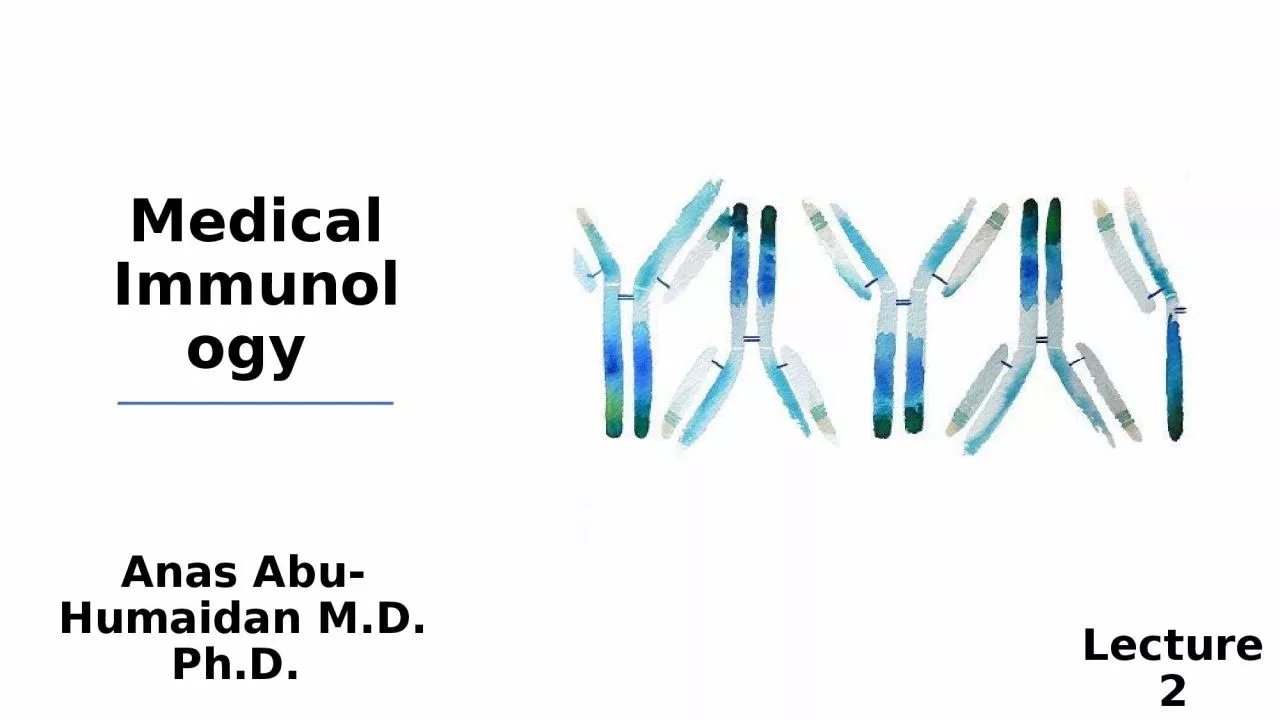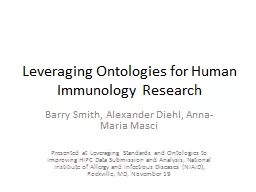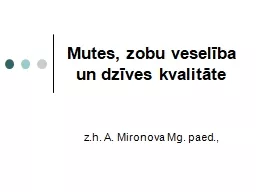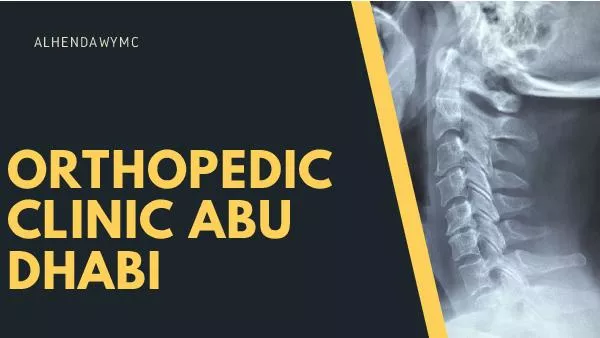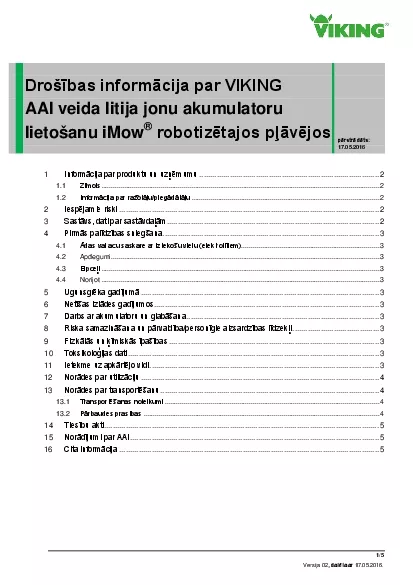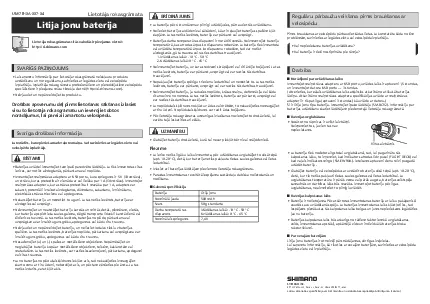PPT-Medical Immunology Anas Abu
Author : summer | Published Date : 2024-02-03
Humaidan MD PhD Lecture 2 The immune system includes the role of physical cellular and chemical systems that are in place and that respond to all aspects
Presentation Embed Code
Download Presentation
Download Presentation The PPT/PDF document "Medical Immunology Anas Abu" is the property of its rightful owner. Permission is granted to download and print the materials on this website for personal, non-commercial use only, and to display it on your personal computer provided you do not modify the materials and that you retain all copyright notices contained in the materials. By downloading content from our website, you accept the terms of this agreement.
Medical Immunology Anas Abu: Transcript
Download Rules Of Document
"Medical Immunology Anas Abu"The content belongs to its owner. You may download and print it for personal use, without modification, and keep all copyright notices. By downloading, you agree to these terms.
Related Documents

